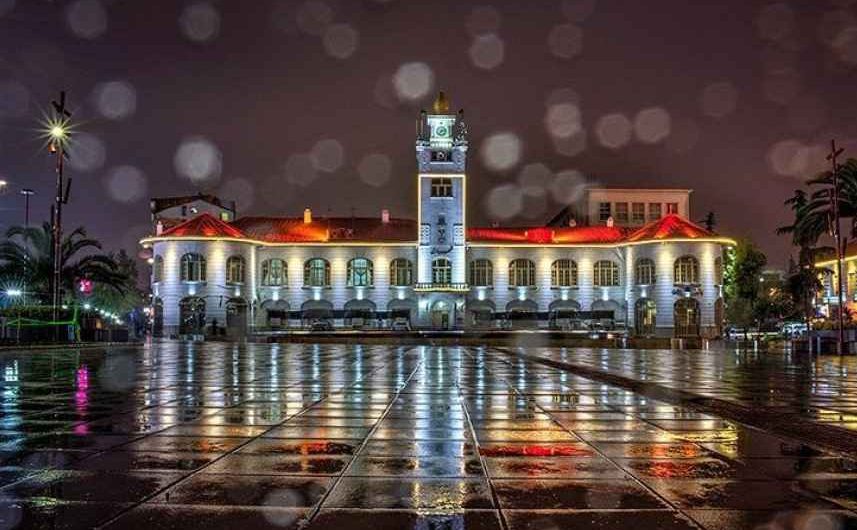Rasht
The capital of the Guilán province and the largest city on the Iranian coast of the Caspian Sea. It is an important trade center between the Caucasus, Russia and Iran. Imports and exports between the countries of the Caspian Sea coast are carried out through Bandar-e Anzali (port of Anzalí).
Historically, Rasht was an important transportation hub that linked Iran with Russia and Europe, and for this reason it was known as the “Gate of Europe.” The history of the city dates back to the 13th century, but its modern history dates back to the time of the Safavids, when Rasht was an important silk trading center with many textile workshops.
Sightseeing places in Rasht
Rasht Museum
The museum consists of three sections: the archaeological section, the anthropological section, and an exhibition of documents. Most of the exhibits in the museum were discovered during the excavations of hills such as Marlik, Tukam, Daylaman, Cheraq Ali and Tegran Cave.
Safi Mosque
The construction of this mosque dates back to the Safavid period and is one of the beautiful religious buildings in Rasht. It is named for Mohammad Mirza, known as Safi Mirza, the eldest son of Shah Abbas. The Safi Mosque is decorated with beautiful plasters and mosaics.
Old traditional bazaar
The bazaars of Guilán are the most characteristic of this province that offer fresh products, vegetables, meat, and are increasingly lively. Among these bazaars, normally located in the heart of the city, there are permanent ones such as Rasht, Astara, Talesh and Rudbar with the same characteristics. Rasht Bazaar is a mix of a day bazaar and a permanent bazaar, and is one of the liveliest bazaars in the province.
Guilán Rural Heritage Museum
The museum is located in the Saravan Forest Park in Rasht, Guilán province. It is located on an area of about 260 hectares, 18 kilometers from the Persian Gulf Highway (Rasht-Tehran). In this museum you can find buildings of 9 original towns of Guilán, which represent the symbols of the original architecture of this province. The way of life, vocation, houses and local crafts of the inhabitants of Guilán are also exhibited in the museum.
If you are passionate about mountains, anthropology, the Caspian Sea, saffron, caviar, historical landscapes and the fascinating culture of the Middle East, SITO Travel will help you organize your trip to Iran. Contact us because our experience is born and developed in the field.
Eynak Lagoon
The Eynak (glasses) lagoon is located on the edge of Daneshyú Park, west of the city of Rasht, and is considered the second-largest lagoon in the province of Guilán in terms of area. Its surface area is 12 kilometers, and it is home to salmon and carp.
Mirza Kuchak Khan
Mirza Kuchak Khan (1880-1921), with a kind of rebellion, is the initiator of a movement in the Guilán forests known as the Jangalí (Forest) Movement. Mirza’s rebellion was a response to the period of political decline brought about by the advent of World War I and the occupation of Iran by Anglo-Russian and Ottoman troops. This revolutionary movement was a popular uprising that took place in one of the most delicate periods in Iranian history until 1921, when the movement was completely abandoned after the disappearance of Mirza Kuchak Khan. He died on December 2, 1921, in the high mountains of Talesh in Guilan. His grave is located south of Rasht.



Comments